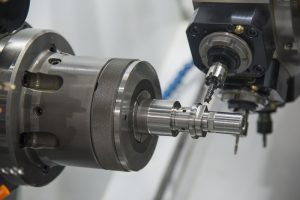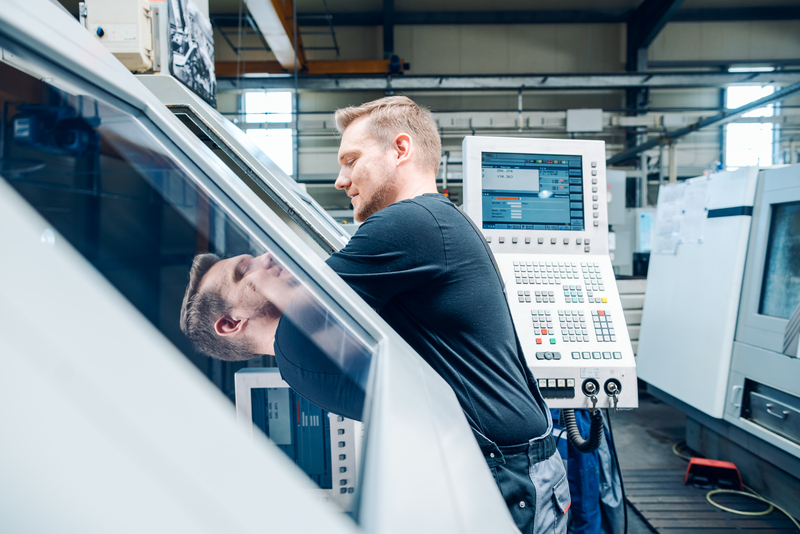Benefits Of A CNC Lathe
Remember your school’s design technology class? That might have been the last occasion which you heard about a lathe, what it’s for, and the different types. In short, a lathe is a machine that you may use to shape wood or metal. Lathes can be operated manually or by a process known as CNC, which stands for Computer Numerically Controlled machining. There are also CNC lathes which are specifically suited to applications such as the machine of alloy wheels.
This blog will explore some of the benefits of the CNC machining method, particularly as it relates to the following areas:
- Efficiency
- Accuracy
- Production cost
- User safety
Let’s examine each of these a little further.
Efficiency
Because the first ‘C’ in CNC machining stands for computer it can be assumed that the efficiency of a CNC lathe operates with the efficiency of a computer. Manual machining is subject to the efficiency of the user, who may need to take a break or otherwise stop working. A lathe that is computer-driven isn’t bound to those needs, and thus can get more work done, and for longer.
More machines operating at the same rate can produce a larger output in a certain amount of time than the same number of humans might.
Accuracy
Similar to the efficiency gains provided by CNC machining, that process can be more precise than a manual one, leading – theoretically – to fewer errors overall and a more accurate product. That’s not to say that machines are always perfect because they’re not, but the risk of human error is in many ways greater than the risk of technological error.

Production Cost
Manual machining requires a human workforce to perform. A CNC lathe may not require a present operator, instead, it’s controlled offsite or via code inside a system. This means that it’s one less human that needs to be paid to complete the task. The use of technology in any task can help drive down production costs, and the use of a CNC lathe as opposed to a manual one is no exception.
User Safety
Of course, where there are fewer manual users of a device, there is a lesser need for user safety. Not only do CNC lathes not require the same human effort that a manual lathe would, but CNC lathes inside a shop may be more isolated than manual lathes are, perhaps out of access by humans altogether. And if danger is inaccessible, then the risk of injury is significantly lowered.
A Final Word
Like any process that could be split between manual and automated use, there is no right or wrong answer when it comes to machining. Certain approaches may be warranted in certain instances, but there is no denying the benefits of the Computer Numerically Controlled Lathe approach.
CNC can provide a manufacturer tremendous gains in the areas of efficiency and production cost, but also saves the individual worker from risk of injury and has a greater potential to produce an accurate product.
Contact Us
At TEMA Equipment, we supply a range of lathes which specialise in the machining of alloy wheels. So, if you are looking for an alloy/diamond cutting lathe, we have you covered. Check out our range of diamond cutting lathes today. For more details, call us on 07447 808200 or visit our contact page for more details.

